While dermaplaning is nothing new, there's still plenty to know about this popular treatment, including where to go, the misconceptions, and what results you can expect. Editor Trudi Brewer shares a targeted therapy to rid the skin of that ‘peach fuzz’ hair and get your glow back—here’s the expert guide.
Image BeautyEQ
There’s a good chance that if you landed here, you’re eager to learn more about dermaplaning. So, let's start with the basics: Dermaplaning is a procedure where a professional uses a scalpel to exfoliate the skin and remove fine, fluffy hair from the surface of your face. Often confused with shaving, for many, shaving your face is a scary prospect. While our style director is a fan, it’s not a DIY treatment I am confident attempting. So we enlisted the advice of registered nurse, Olya Sokhieva from the new Clinic 4O2 in Takanini, Auckland, to understand how it works, the myths and truths, and who this therapy was designed for.
What is dermaplaning?
Dermaplaning is a gentle, non-invasive exfoliating treatment that uses a sterile surgical blade to carefully remove dead skin cells and fine vellus hair (peach fuzz) from the skin's surface. As a result, a smoother, brighter complexion is achieved. This also allows the skincare products to absorb better into the skin, improving their efficacy. Which makes sense, because no one wants to waste a single drop of our precious medical-grade skincare.
What are the benefits of dermaplaning?
-Brighter, smoother, softer, more radiant skin, improved product penetration and higher effectiveness. Makeup glides on smoothly and stays on for longer. It’s also safe during pregnancy and breastfeeding (without additional products or peels).
Who is the treatment best for?
Most skin types can benefit from dermaplaning. However, we assess the skin pre-treatment and wouldn’t treat active acne, open wounds, or certain inflammatory conditions. Dermaplaning is perfect for most skin types, especially those with a rough, dull texture, fine facial hair, and congested or dry skin. Dermaplaning makes a wonderful pre-event facial. We recommend combining it with a peel and mask for an unparalleled glow and skin radiance or adding a Venus RF Skin Tightening and Venus Glow Treatment.
How does it differ in the clinic from DIY dermaplaning?
DIY versions use blunt, home-use blades that don't exfoliate as closely to the skin as a surgical blade. They tend to tug on the skin, leaving 'stubble' and an uneven, coarse result. They cannot get optimal proximity to the skin's surface, so they cannot efficiently lift superficial dead skin cells and hair, unlike the sterile surgical blades we use, which can do all these things safely and effectively. Also, the at-home blades are usually reused, exposing one to risks of infections and skin irritations, which is not ideal.
How often should you have the treatment?
Every four to six weeks allows the skin to fully complete its renewal cycle before repeating the treatment. We can enhance results by combining with other treatments in our clinics, like peels, masks, and skin tightening.
What about myths around this treatment?
Myth: It makes hair grow back thicker or darker.
Fact: It does not change the hair's structure, thickness, or colour. The way we remove the hair does not stimulate growth; the hair grows back the same way it did before. This is because the treatment does not interfere with the hair follicle itself; it simply removes the hair at the surface rather than below the skin or at the root, where the hair growth is controlled. The follicle underneath the skin remains untouched. Therefore, the hair grows back with the same texture as before.
Myth: It causes breakouts.
Fact: When performed correctly, dermaplaning helps reduce congestion, although it is unsuitable during active acne.
What results can you expect to see?
Instantly brighter, healthier, and smoother skin, sporting a radiant glow. A more even and long-lasting makeup application. Over time, the skin’s texture and tone improve, especially with add-on treatments suggested above. It is a favourite for ‘red-carpet’ skin and that sought-after ‘glass skin effect.’
The skincare Olya Sokhieva recommends post-dermaplane
Synergie Skin UltraCleanse, $85. A gentle pH-balanced gel cleanser, suitable for all skin types. Synergie Skin Priority B Serum, $210. We love its hydrating and anti-inflammatory properties. Synergie Skin ReClaim Age-defying Moisturiser, $179. Its creamy texture and gentle botanical scent are luxurious on smooth, supple, freshly dermaplaned skin. Synergie Skin Uberzinc Moisturiser, $155, is a skincare staple post-treatment. With 21 per cent zinc oxide, it shields the skin against UVA and UVB rays and has a tinted finish.
A dermaplane treatment at Clinic4O2 costs $99 and lasts 30 minutes.

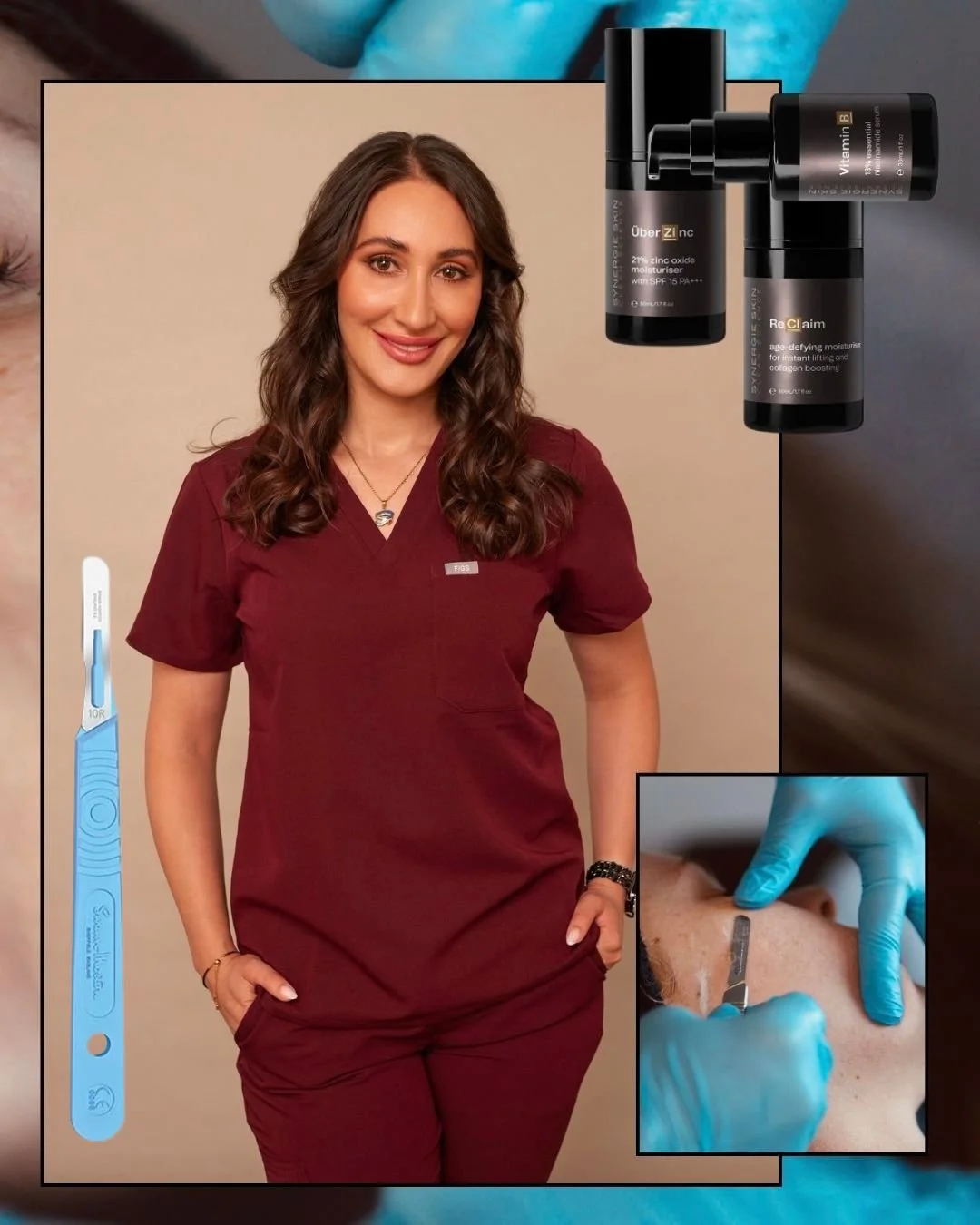
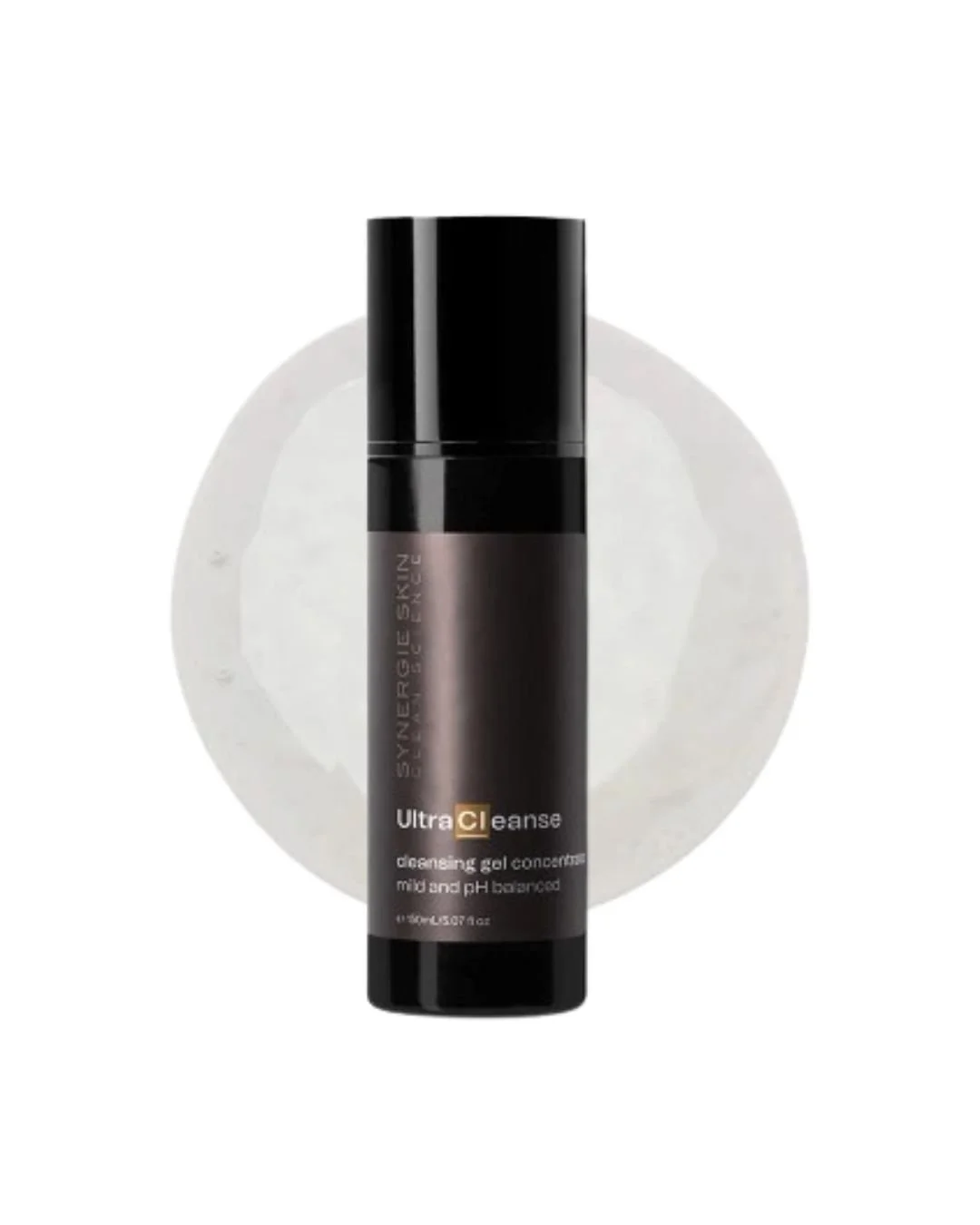

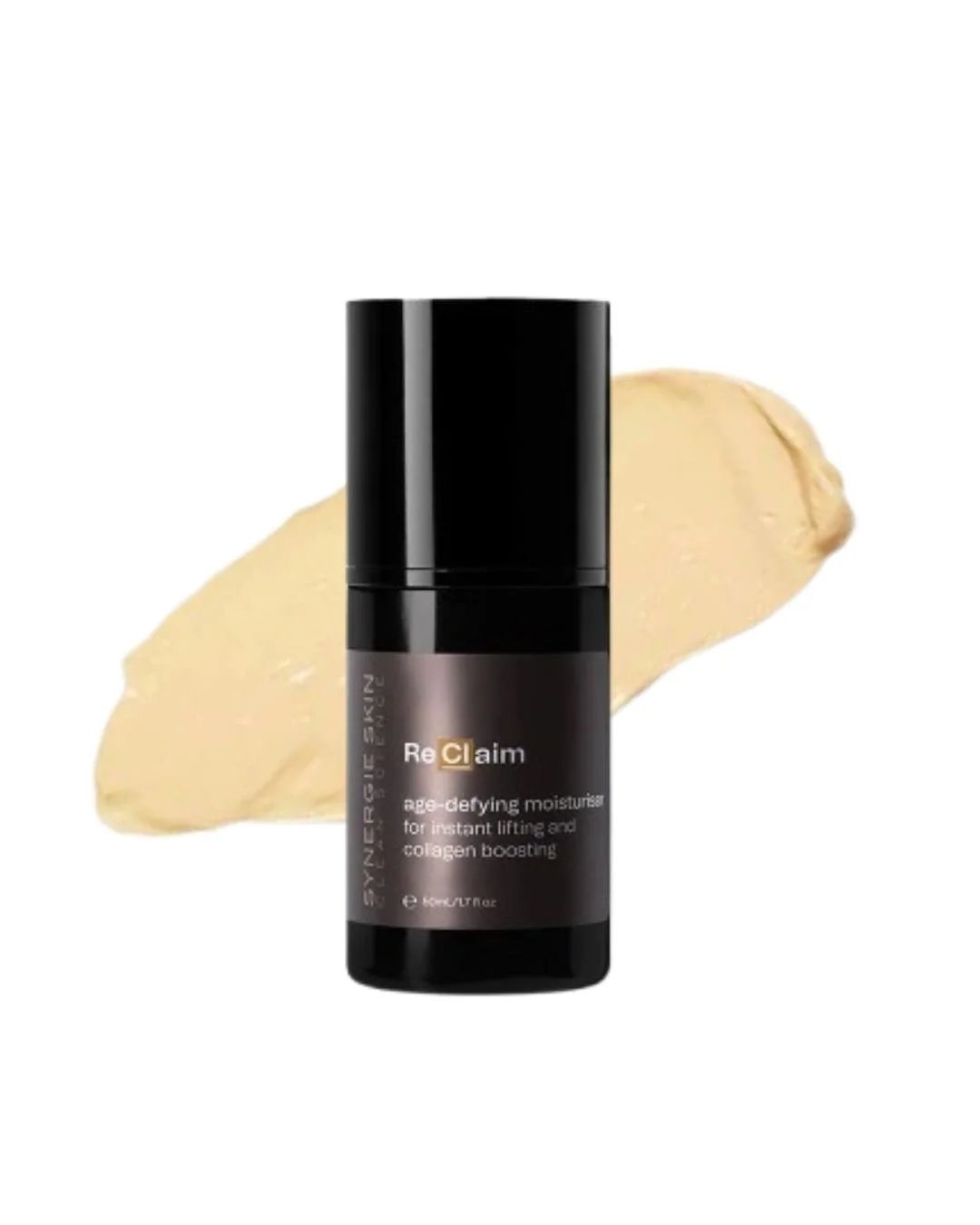









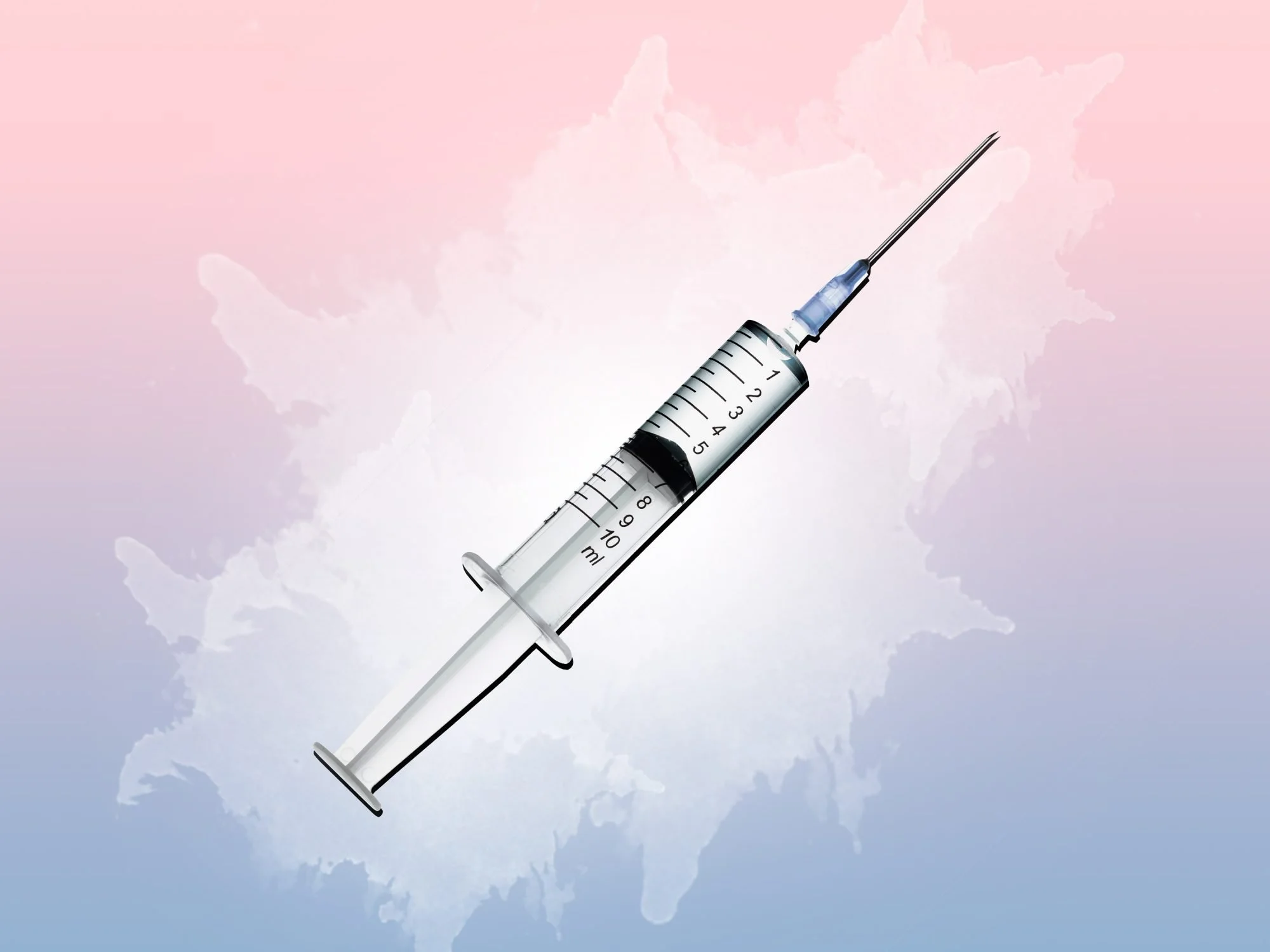

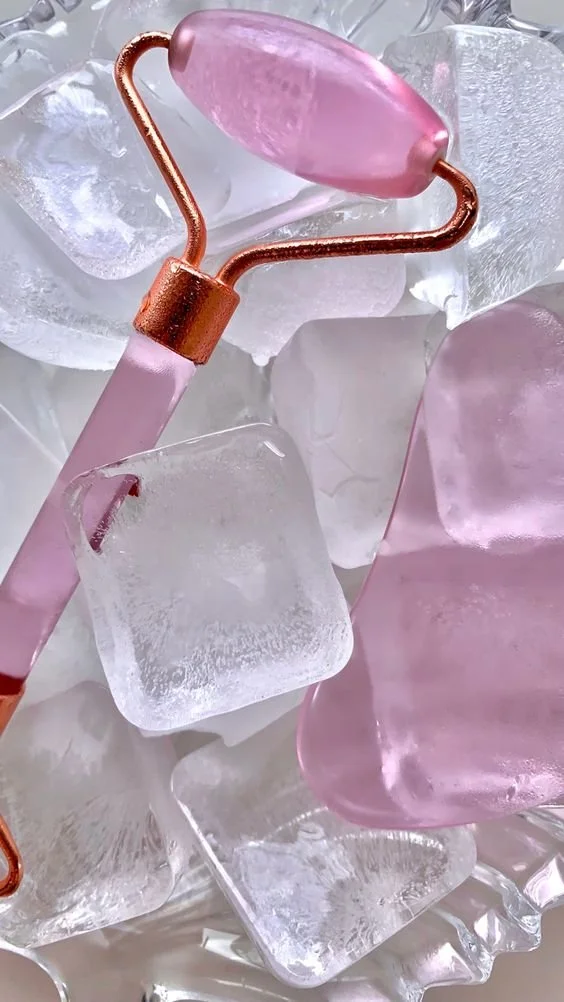
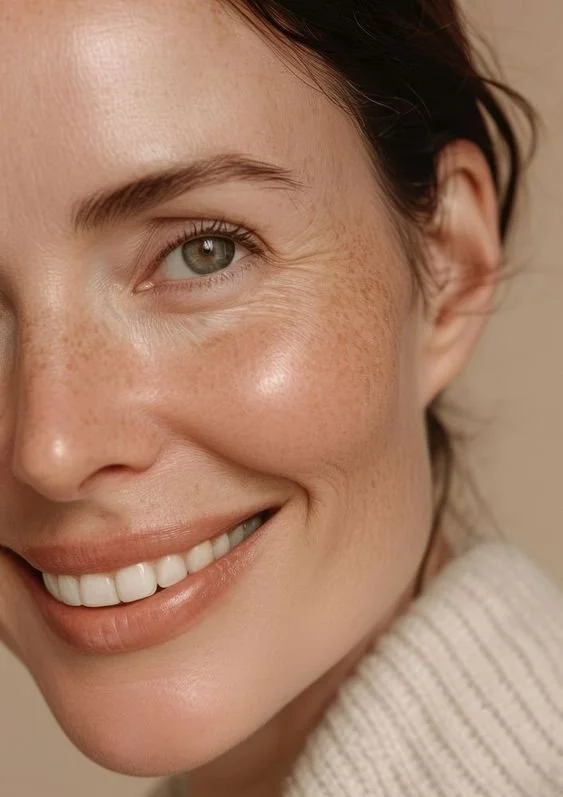
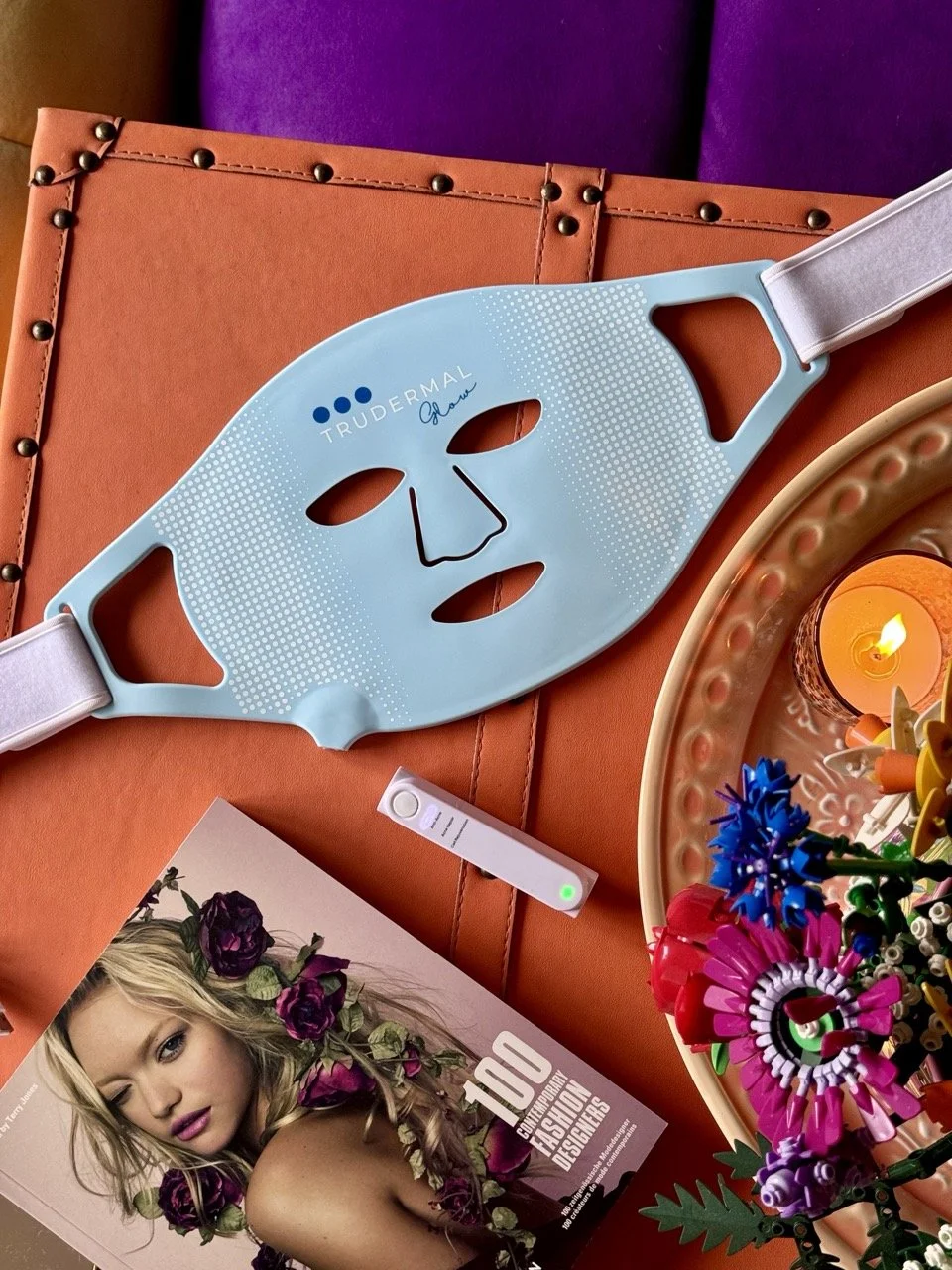
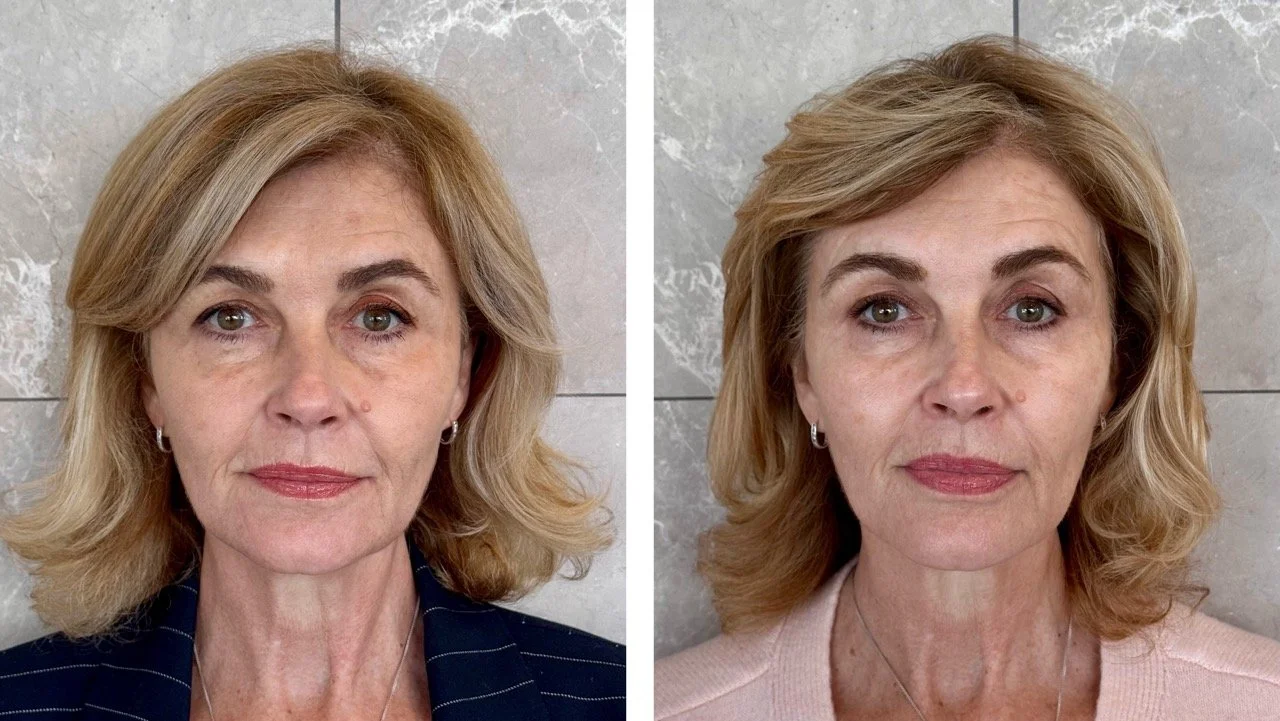

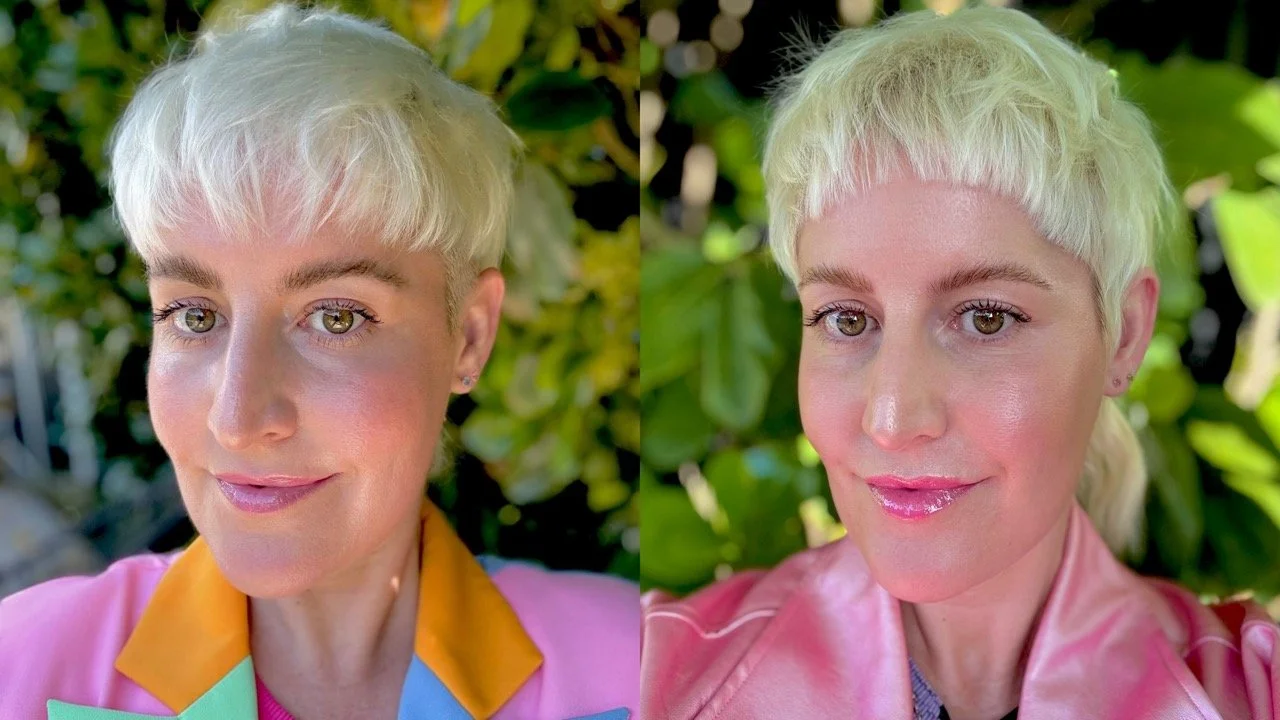

From a dentist who offers everything from cosmetic to holistic dentistry.